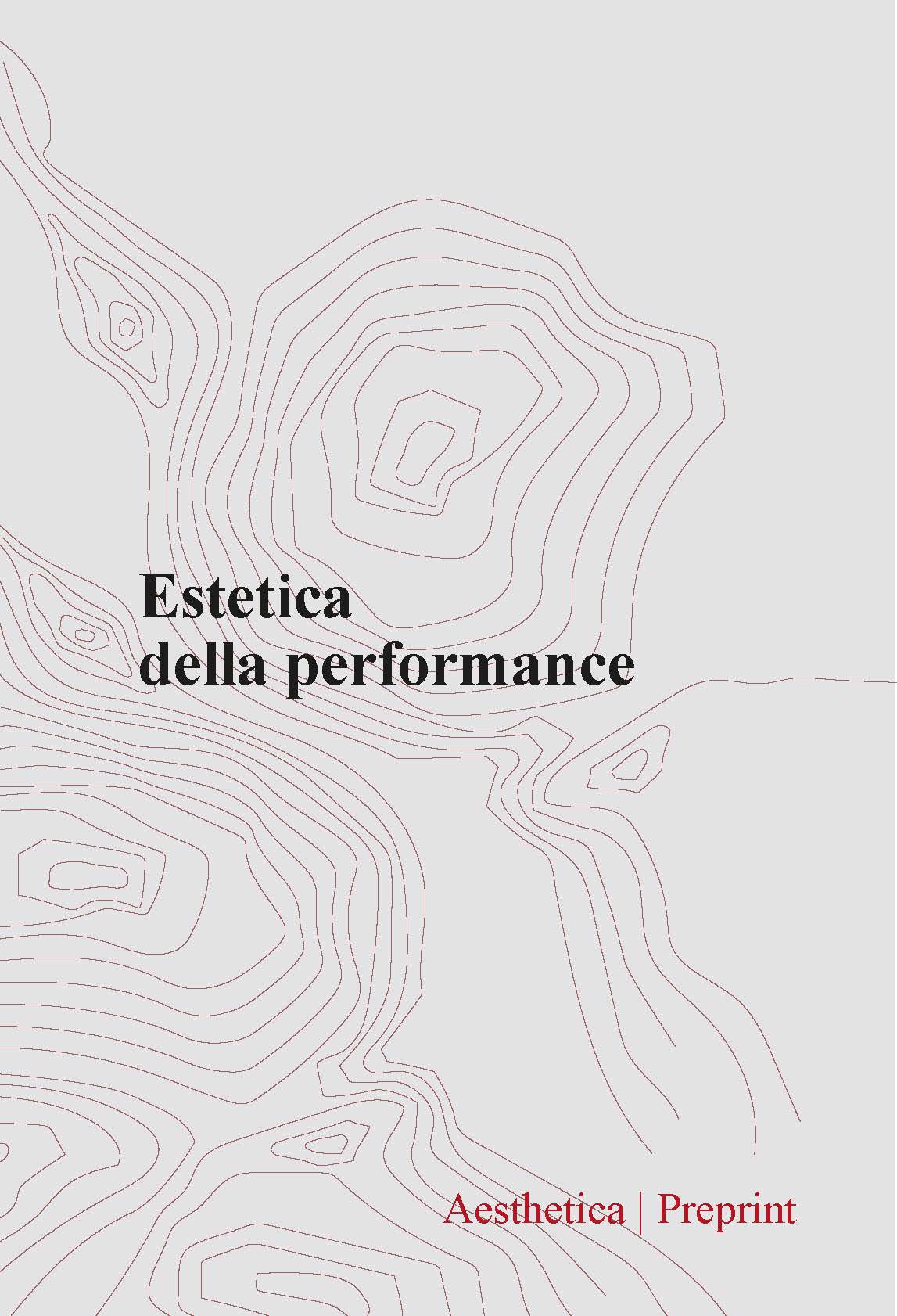Abstract
When one reads philosophical work on the emotional dynamics at work during collective aesthetic experiences in particular, and social cognition in general, one is struck by the difficulty of explaining the specific mechanisms by which these events unfold, particularly in situations of minimal interaction such as cinemas or concert halls. Given that in these situations it is likely that we do not speak to or even look at other members of the audience, how do we interact and share emotions with them? This paper offers a new way of approaching this question. I argue that we can further develop the embodied and embedded aspects of enactive accounts of certain collective aesthetic experiences by bringing chemosignals into the discussion. Recent empirical findings strongly suggest that these context-dependent volatile chemicals, which we constantly emit and inhale in the air we breathe convey emotional information from those who produce them and shape cognitive, affective, and behavioural dynamics in those who receive them. Drawing on research in this field, on Dan Zahavi’s phenomenological work on the mechanisms by which we share emotional experiences, and on the philosophical analysis of collective aesthetic experiences, I will offer a discussion of the ways in which chemosignals may be regarded as one of the aspects contributing to what we experience and how we experience it by shaping processes of emotional contagion and emotional sharing in certain collective aesthetic experiences.

